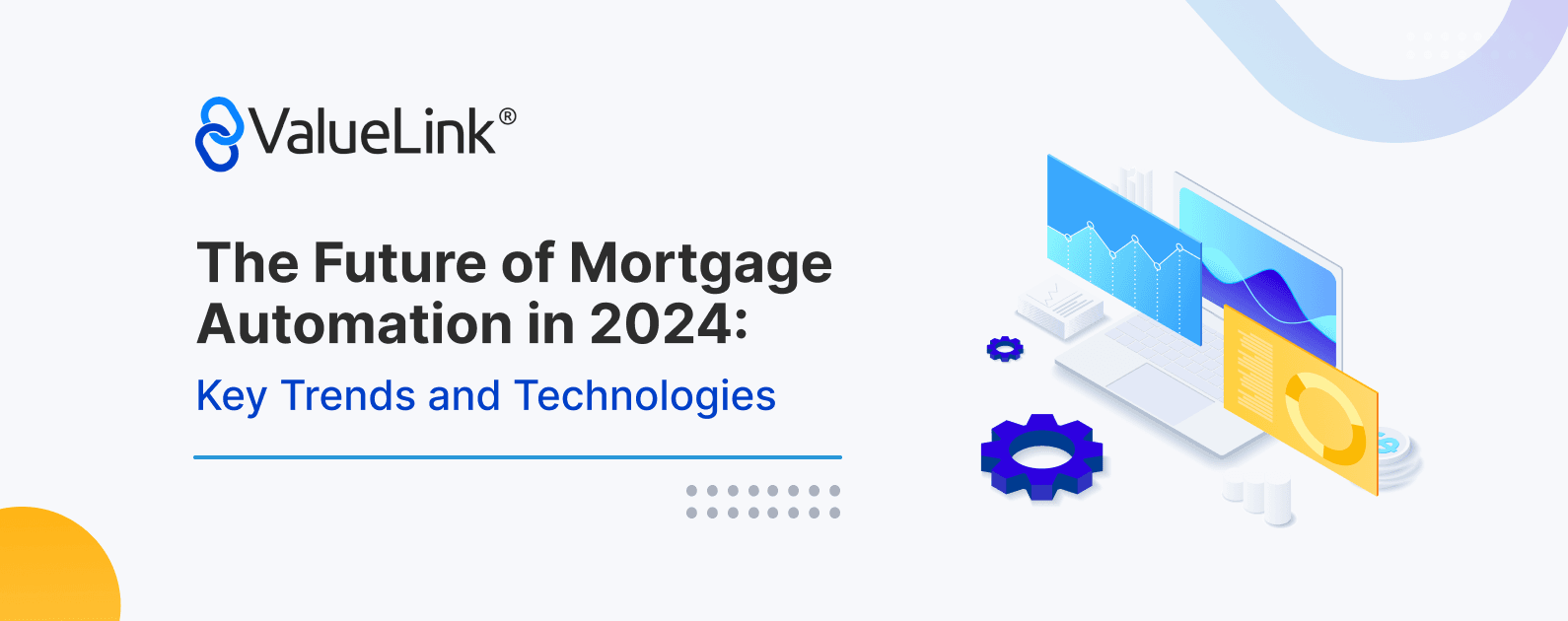
Mortgage automation is revolutionizing the industry, providing lenders with the tools to operate more efficiently, reduce errors, and deliver better experiences to borrowers. As automation becomes more sophisticated, the mortgage process transforms, enabling faster approvals and improved compliance.
End-to-end mortgage automation is increasingly becoming a strategic priority for lenders. By automating the entire mortgage lifecycle from initial application to servicing lenders are reducing processing times, minimizing manual work, and improving accuracy. This shift is supported by Artificial Intelligence (AI), which plays a critical role in streamlining underwriting and decision-making processes.
AI-powered platforms can analyze borrower data in real-time, allowing for faster and more precise decisions. This not only reduces the workload for human underwriters but also enhances accuracy, enabling lenders to approve loans more efficiently.
Manual handling of mortgage documents is both time-consuming and prone to errors. Document automation has emerged as a key solution, allowing lenders to automate the extraction, verification, and storage of data from documents. By using Optical Character Recognition (OCR) technology, lenders can streamline document processing, ensuring accuracy and compliance without the need for manual input.
Additionally, document automation tools ensure that all regulatory requirements are met, as these systems can automatically track and verify that necessary documents are in place, reducing the risk of costly compliance errors.
Borrower expectations are higher than ever, with customers demanding fast, transparent, and seamless digital experiences. Automation plays a crucial role in meeting these expectations by enabling lenders to provide real-time status updates and automated notifications throughout the loan process.
Customer Relationship Management (CRM) systems integrated with automation tools can send personalized updates, prompt borrowers to submit documents, and provide real-time information on the progress of their applications. This not only improves borrower satisfaction but also reduces the likelihood of abandoned applications.
Robotic Process Automation (RPA) is a key technology in automating repetitive, rule-based tasks such as data entry, document verification, and compliance checks. While not as advanced as AI, RPA is highly effective for processes that follow clear, predefined steps. By implementing RPA, lenders can reduce manual workloads and improve overall efficiency.
For instance, RPA can automate the collection of borrower documents from third-party sources, ensuring that the correct information is gathered and processed without human intervention. This not only speeds up the loan approval process but also reduces the risk of human error.
Mortgage automation is fundamentally transforming the way lenders operate by streamlining workflows, improving borrower experiences, and ensuring compliance. From end-to-end automation to AI-powered decision-making and document automation, these technologies are helping lenders adapt to a more digital and fast-paced environment.
As automation continues to evolve, lenders that embrace these technologies will be better positioned to provide faster, more reliable services while meeting borrower expectations and regulatory requirements. In 2024 and beyond, automation is not just an option—it’s the future of mortgage lending.
© 2025 ValueLink and all related designs and logos are trademarks of ValueLink Software, a division of Spur Global Ventures Inc.